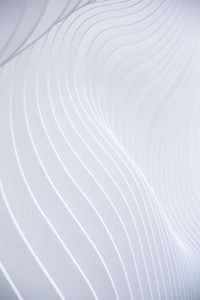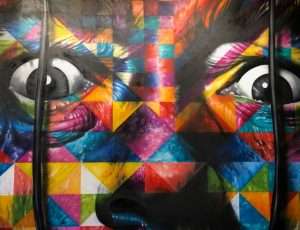Art Base is a blog created to give tips and opinion on how to improve your designs, art and creative thinking. The tips can be used by artists, designers and also by amateurs who want to improve their art or design skills. Some tips are about perspective, others about the materials you choose or the way you paint.
Art Base is created by an artist who has for years tried many different techniques, materials and ways of painting. This experience will be helpful for other artists and designers who want to improve their skills.
Art Base is a resource for artists and designers, but also for anyone interested in art and design. On each page we present a single tip on how to make your artwork or design better. The tips range from beginner level to more advanced problems.
TIP 2: FIND YOUR VOICE
Everybody has a voice, but not everyone knows it. Or they know it, but they don’t trust it. Sometimes you just have to listen to yourself. You can do that by talking out loud, writing things down, or drawing them. This works best if you are alone in a quiet place with no distractions. When you are in that place, ask yourself: “What do I want to say?” and “How do I want to say it?” over and over again until you feel something you like coming up from within you! If you can’t find anything, keep at it. It’ll be worth it!
When I write about design, I have always tried to do so in a positive way. To be honest, I don’t think that there are many people who are really bad at what they do – although I do believe that there are many people who would be better if they made a few changes.
The design world is very competitive and it’s hard to get ahead without the right kind of advice. That’s where I come in – I help artists and designers try to up their game by providing tips on how to improve their work.
I know that not everything works for everyone and you should never sacrifice your own style or technique, but you could probably still improve your output by learning some of these tips.
Welcome to the Art Base, a site that intends to provide tips, resources and inspiration for Artists, Designers and all creative minds.
The topics covered by the Art Base will include:
1. How to exhibit your work
2. How to make money from your work
3. How to find work
4. How to improve your skills and knowledge
5. How to build a network of contacts in the art world
6. Resources for artists and designers such as books and magazines.
You will also find some practical how-to’s on specific art forms including painting, drawing, photography, digital design and illustration, graphic design and sculpture. There are also exciting articles about emerging art trends with interviews with the top names in contemporary art such as street art with Banksy or Oliviero Toscani who was behind Benetton’s famous ad campaigns in the 1990s.”**
In an age of specialization, art and design are often considered separate entities. The truth is that they are not separate and should be treated as one. In the digital age, technology is changing the way we make art and design. Even though they have different mediums and styles, both art and design benefit from similar techniques when it comes to creating a piece of work.
TIP: Rather than thinking about art or design separately, you should consider how you can use the techniques of design in your artwork and how to use some art techniques when designing a product.
Learning about these methods does not only help you become a better artist or designer but also enriches your experience as a human being.
Adobe Illustrator’s latest version of Live Trace is a tracing program that takes a bitmap image and converts it into a vector image. In this article, we will be looking at how it works and what the settings do.
T1: Image Settings:
The first thing to consider is the “Image Type” that you’re using. The only option available is “Bitmap.” This means that you are using a photograph or some other form of true-color image. If you choose “RGB,” you will get the wrong results because Live Trace was made for real photographs and not artwork.
If you’re using a photograph, the next thing to consider is the resolution. The higher this number, the more detailed your vector artwork will be. If your photograph has large areas of solid color, like large areas of blue sky, then you can get away with lower resolutions. But if there are small details in your photo – like small branches in trees or patterns on clothing – then you should use higher resolutions to get good results. You can experiment with different resolutions to see what works best for your photograph.
For my example, I am going to use a B&W photo called “manipulated_man_black_and_white_sitting_


